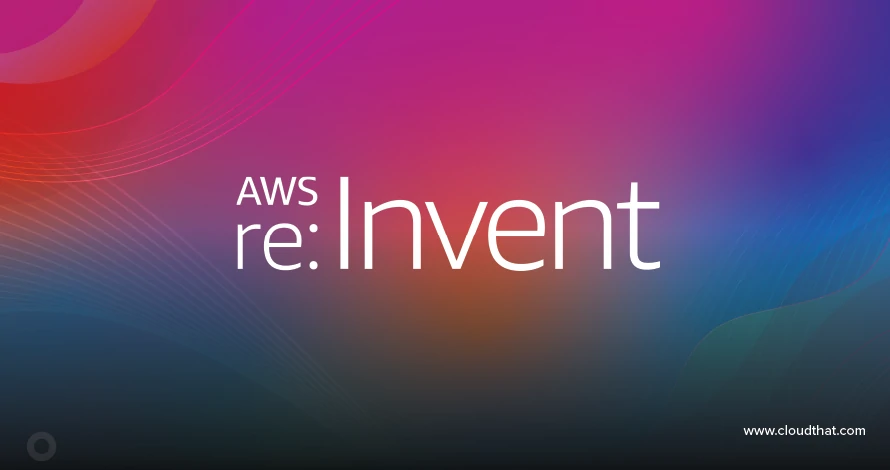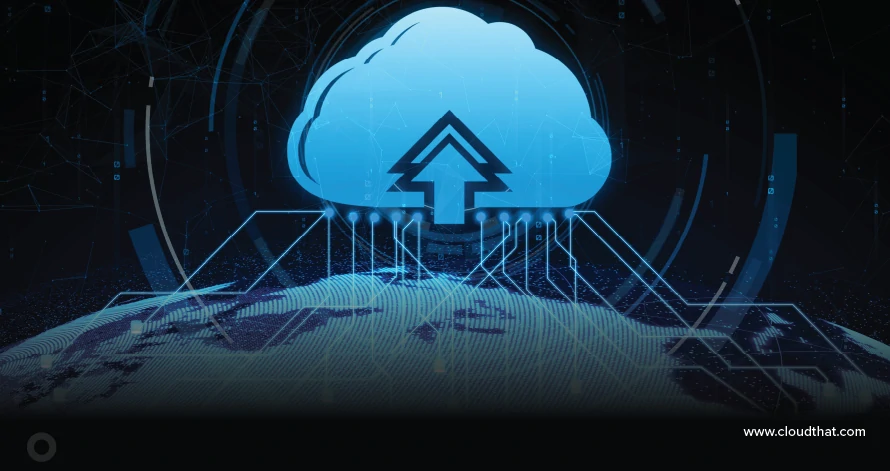|
Voiced by Amazon Polly |
Overview
Infrastructure as Code (IaC) has revolutionized how we manage and provision infrastructure. Terraform and Terragrunt stand out as powerful options. While Terraform is a widely used IaC tool for creating and managing infrastructure, Terragrunt acts as a thin wrapper around Terraform, simplifying its usage and enabling better management of complex infrastructure setups. In this blog, we will explore the benefits of using Terraform and Terragrunt together, particularly in scenarios involving multiple environments and repositories.
Pioneers in Cloud Consulting & Migration Services
- Reduced infrastructural costs
- Accelerated application deployment
The Setup: Terraform and Terragrunt in Action
In my project, Terraform configurations reside in a dedicated GitHub repository, while Terragrunt configurations are maintained in a separate repository. The project is designed to manage infrastructure for different environments, such as development, staging, and production. Each environment has specific resource requirements that must be created in their respective AWS accounts.
Terragrunt plays a pivotal role in this setup by:
- Managing environment-specific configurations.
- Passing variables dynamically to Terraform.
- Streamlining the deployment process across multiple environments.
Here’s how this setup works:
- Environment-Specific Terragrunt Files: Terragrunt configurations include environment-specific values, such as region, account IDs, and resource specifications.
- Variable Passing: Terragrunt dynamically passes these values to Terraform modules.
- Consistent Execution: Terragrunt ensures consistent and simplified execution of Terraform code, regardless of the environment.
Why Use Terraform and Terragrunt Together?
Combining Terraform and Terragrunt brings several benefits:
- Simplified Multi-Environment Management
Managing multiple environments is challenging, especially when each environment has unique requirements. Terragrunt simplifies this by enabling:
- Reusable Configurations: Write Terraform code once and use Terragrunt to manage environment-specific variables.
- Environment Isolation: Maintain separate state files for each environment, reducing the risk of cross-environment conflicts.
- DRY (Don’t Repeat Yourself) Principle
Terragrunt helps eliminate redundant code by centralizing configurations. For instance:
- Shared configurations, such as provider settings and backend configurations, can be defined once in a common file and inherited by all environments.
- Environment-specific overrides can be applied only where needed.
- Better Variable Management
Passing variables to Terraform can become cumbersome in complex setups. Terragrunt simplifies this process by:
- Allowing you to define variables directly in Terragrunt configuration files.
- Dynamically injecting these variables into Terraform modules.
This ensures consistency and reduces the chances of errors caused by manually managing variables across environments.
- Remote State Management
Managing Terraform’s state files is crucial for collaboration and consistency. Terragrunt enhances this by:
- Automating the configuration of remote state backends.
- Ensuring each environment’s state is isolated and securely stored.
- Dependency Management
Infrastructure components often have dependencies. For example, a database might need to be created before deploying an application. Terragrunt helps manage these dependencies by:
- Defining explicit dependencies between modules.
- Ensuring resources are provisioned in the correct order.
- Easier Collaboration and Scalability
In teams where multiple developers are working on the same infrastructure, Terragrunt provides the following:
- A clear structure for managing configurations.
- Consistent workflows for deploying infrastructure.
This makes it easier to scale infrastructure management practices as the team and project grow.
Real-World Benefits
In my project, using Terraform and Terragrunt together has:
- Reduced Complexity: By centralizing configurations and automating variable passing, managing multiple environments has become more straightforward.
- Increased Consistency: The DRY principle ensures that all environments follow the same standards and practices.
- Improved Efficiency: Automated workflows and dependency management save time and effort.
Conclusion
If you are managing infrastructure across multiple environments and accounts, incorporating Terragrunt into your Terraform workflows can significantly improve your efficiency and scalability.
By leveraging the strengths of both tools, you can create a robust and maintainable infrastructure setup that meets the demands of modern cloud environments.
Drop a query if you have any questions regarding Terraform and Terragrunt and we will get back to you quickly.
Empowering organizations to become ‘data driven’ enterprises with our Cloud experts.
- Reduced infrastructure costs
- Timely data-driven decisions
About CloudThat
CloudThat is an award-winning company and the first in India to offer cloud training and consulting services worldwide. As a Microsoft Solutions Partner, AWS Advanced Tier Training Partner, and Google Cloud Platform Partner, CloudThat has empowered over 850,000 professionals through 600+ cloud certifications winning global recognition for its training excellence including 20 MCT Trainers in Microsoft’s Global Top 100 and an impressive 12 awards in the last 8 years. CloudThat specializes in Cloud Migration, Data Platforms, DevOps, IoT, and cutting-edge technologies like Gen AI & AI/ML. It has delivered over 500 consulting projects for 250+ organizations in 30+ countries as it continues to empower professionals and enterprises to thrive in the digital-first world.
FAQs
1. Why should I use Terragrunt if I already have Terraform?
ANS: – Terraform is excellent for defining and provisioning infrastructure but can become complex when managing multiple environments or projects. Terragrunt simplifies this by centralizing common configurations, managing remote state files, and enabling DRY (Don’t Repeat Yourself) practices. It adds automation and consistency to your Terraform workflows.
2. How does Terragrunt help with multi-environment setups?
ANS: – Terragrunt allows you to maintain environment-specific configurations in separate files while reusing shared Terraform code. It isolates state files for each environment and passes environment-specific variables dynamically to Terraform, making it easier to manage environments like development, staging, and production.

WRITTEN BY Gokulraj G
Gokulraj G works as a Research Associate at CloudThat, with hands-on experience in automating infrastructure, managing cloud environments, and optimizing deployment pipelines. He is certified as an AWS Solutions Architect – Associate and a Terraform Associate, which supports his ability to design scalable cloud systems and manage infrastructure as code effectively. His day-to-day work involves tools like Kubernetes, Docker, and CI/CD platforms, all focused on building reliable and efficient systems.


 Login
Login


 March 5, 2025
March 5, 2025 PREV
PREV











Comments